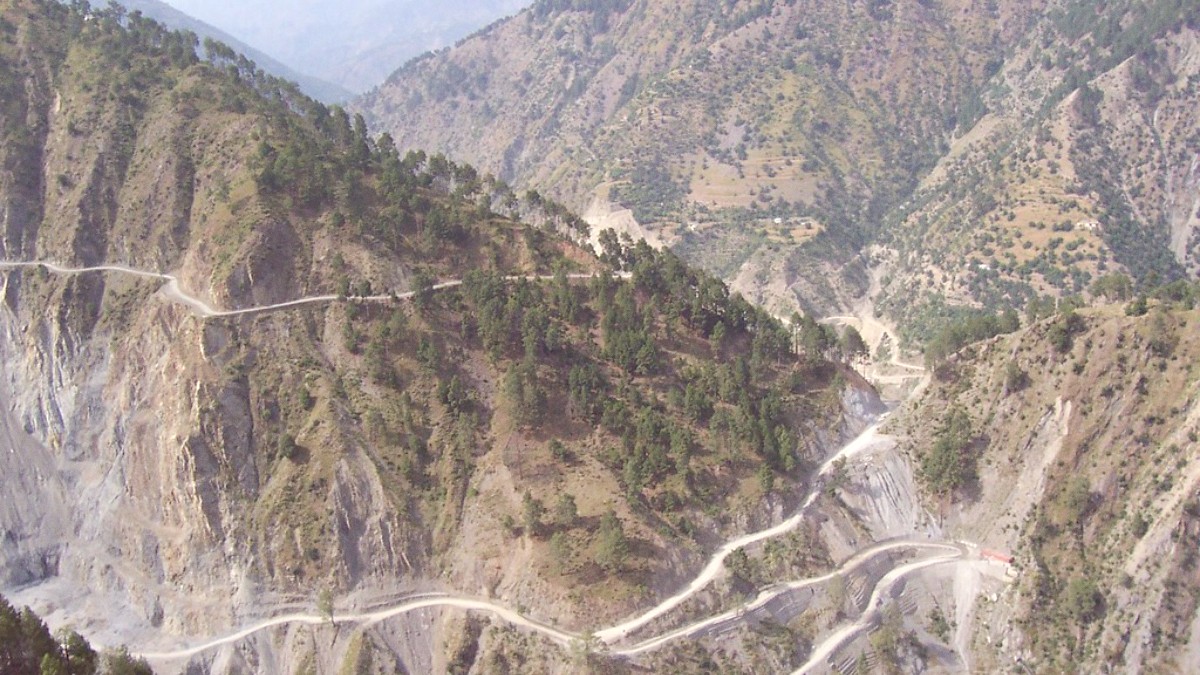
Jammu And Kashmir, India
Leh's climate ranges from pleasant days in spring and summer to extreme cold in winter. Spring (April-May) brings daytime temperatures of 15-20°C, with nights dropping to 0-5°C. Snow melts and the Srinagar-Leh highway typically opens mid-May. Summer (June-August) is peak season, with warm, sunny days (20-25°C) and cool nights (10-15°C). Minimal rainfall during this period makes it a popular monsoon escape.
Both the Manali-Leh and Srinagar-Leh highways are fully open during summer, with all tourist services operating. This period is ideal for extensive outdoor activities like trekking and river rafting.
High Season (June to August) brings stable, pleasant weather suitable for all outdoor activities. All major roads and tourist services are open. Shoulder Season (April-May, September-October) means fewer tourists and potentially lower prices, with generally clear skies. Low Season (November to March) an unique winter experience, but accessibility is mainly by air due to extreme cold and closed roads.
Peak travel period
All roads open, weather pleasant, all services operating.
Higher prices, more visitors, larger crowds.
Transition periods
Fewer tourists, potential for lower prices, clear skies (Sept).
Variable weather, some roads may be closing/opening, limited remote services.
Winter wonderland
Unique winter experience, Chadar Trek, very low visitor numbers, low prices.
Extreme cold, most roads closed, limited tourist establishments, flight risks.
Leh falls in a rain shadow area, receiving minimal rainfall during India's monsoon season (July-August). This makes Leh an excellent travel alternative if you wish to avoid the heavy rains experienced in other parts of India during these months.
Winters are severe. Adequate preparation for sub-zero temperatures is important. This includes bringing appropriate winter clothing, like insulated jackets and thermal layers, to manage the extreme cold effectively.
June to September, when high mountain passes are open for exploration.
July to September on the Indus and Zanskar rivers.
Mid-January to mid-March for this unique frozen river adventure. Specialized gear and a local guide are important.
Check specific dates annually, as they follow the Tibetan lunar calendar.
September for clear skies and crisp autumn light.
Travelers to Leh, as part of India, meet the country's general visa and entry requirements. Specific permits are also for visits to certain regions within Ladakh.
Most foreign nationals need an Indian Visa to enter the country. Several types cater to different travel purposes.
Visits to popular destinations like Pangong Tso, Nubra Valley, Tso Moriri, Dah Hanu, and Turtuk require specific permits.
Costs vary widely based on your travel style, from budget-friendly options to luxury experiences.
Leh's high altitude presents unique health considerations. Awareness and proactive steps support a healthy trip.
Leh's altitude (3,500m) makes AMS a main concern. Acclimatize gradually: rest completely on day one, avoid strenuous activity, alcohol, and smoking for 24-48 hours. Drink plenty of fluids.
Dry air and high altitude contribute to rapid dehydration. Drink ample water throughout the day, even without feeling thirsty.
Practice good food hygiene: eat hot, freshly cooked food. Avoid raw vegetables, salads washed in tap water, and consume only self-peeled fruits.
Prevention is for high-altitude travel. Listen to your body.
SNM Hospital in Leh offers basic medical facilities, with several private clinics available. For serious conditions, evacuation to larger cities like Delhi may be important. Pharmacies are present in Leh town for common medications.
Dial 112 for all emergencies across India (police, fire, ambulance). For specific medical needs, SNM Hospital Leh is +91-1982-252014. Carry copies of your passport, visa, and emergency contacts separate from originals.
Explore First aid kits for travelers.
Leh is a very safe destination. Crime incidents are rare, mainly limited to petty theft. Standard precautions for valuables are advised.
Landslides/mudslides can occur on highways during monsoon. Cloudbursts may trigger flash floods. Avalanches pose a winter risk on high passes. Ladakh lies in a seismically active zone.
Do not drink tap water. Utilize bottled water from reputable sources, filtered water, or a Portable water filter. Choose street food vendors with high turnover.
If AMS symptoms (headaches, nausea, dizziness, shortness of breath) worsen, seek medical attention immediately. Descending to a lower altitude is the best remedy for severe AMS.
Travel insurance highly recommended for a Leh trip. Seek comprehensive coverage.
Emergency medical treatment and medical evacuation coverage are important for altitude sickness or other serious conditions.
Coverage for trip cancellation or interruption protects your investment.
Coverage for lost luggage or theft of valuables provides peace of mind. Consider Anti-theft bags.